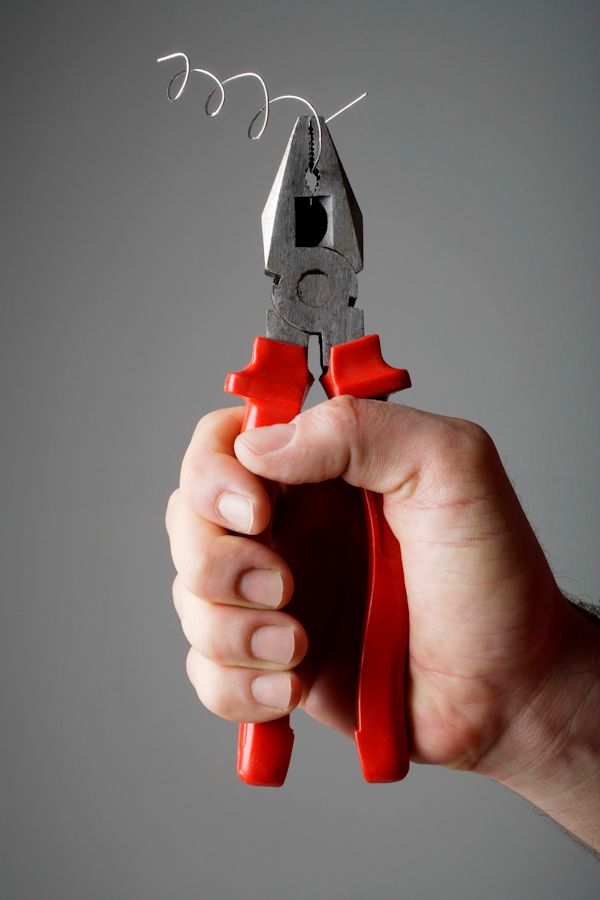Tools and Equipment Selection
Handles

Consider the following when choosing tools:
- Handles that are rounded, soft and padded, and do not have sharp edges or deep grooves reduce pressure points on fingers and hands.
- Handles should be at least 1 to 2.5 inches in diameter to allow a "power grip" (using thumb and all fingers to grip) and 5 inches long so they do not dig into your palms.
- Handles with high-friction surfaces or moldable substances improve the grip.
- Padded handles can reduce pinch grip (using only thumb and forefinger) and pressure points on the fingers.
- Look for tools with two handles to help improve control.
Triggers
Triggerless tools use contact switches to replace the triggers. Multi-finger triggers reduce forces on any one finger. Trigger bars can be used to reduce activation forces.
Fixtures
Fixtures can help by reducing forceful exertions by supporting the weight of the tool.
Vibration Hazards
Ways to reduce hand-arm and whole-body vibration include:
- routine maintenance
- vibration-dampening wraps on handles
- isolating the tool from the operator
- properly fitting vibration-dampening gloves
- good design of an alternate or low-vibration tool
- suspending or supporting tools (e.g., by a fixture)
- providing vibration isolators (e.g., springs or pads) for seated work tasks
- providing cushioned floor mats for standing work tasks
- mounting equipment and work platforms on vibration-dampening pads or springs
- altering the speed or motion of tools and equipment
Knowledge Check Choose the best answer for the question.
2-5. Why should tool handles be at least 1 to 2.5 inches in diameter?
You forgot to answer the question!
